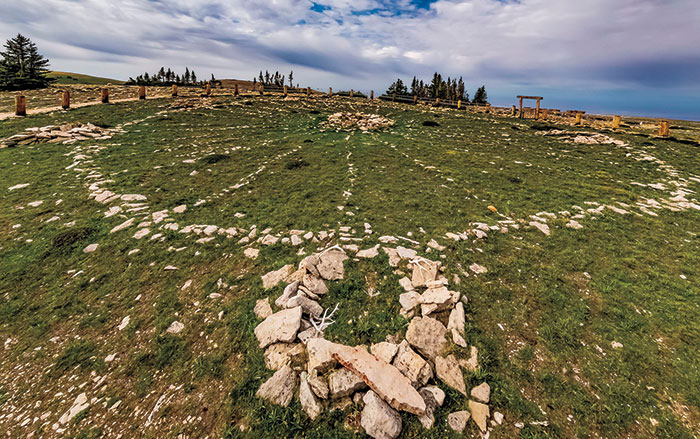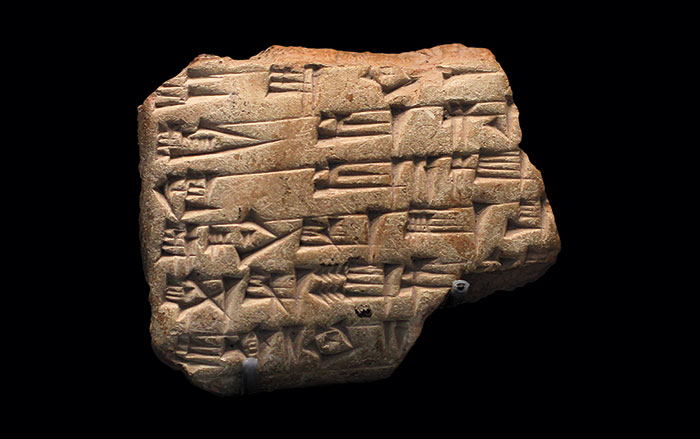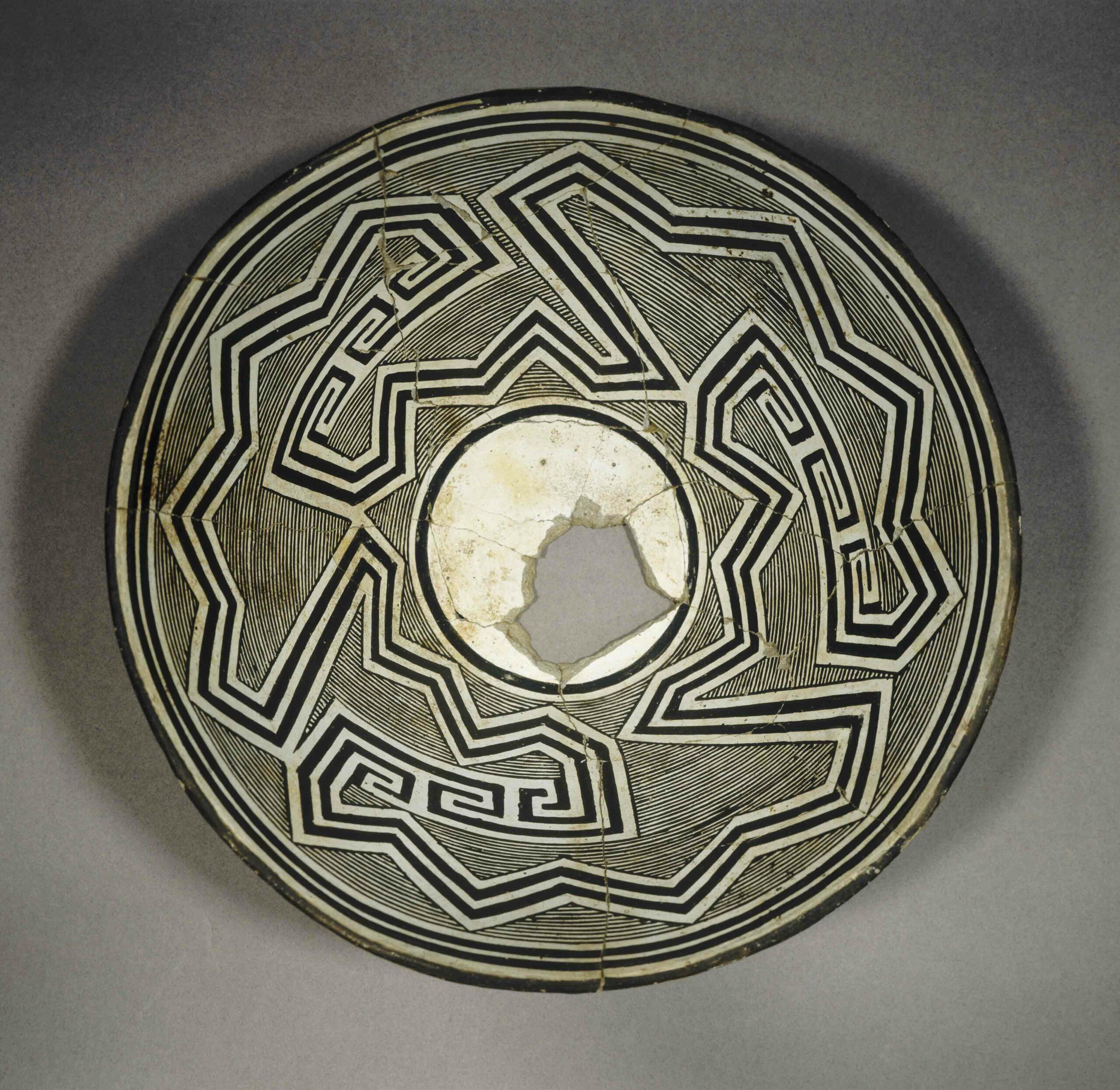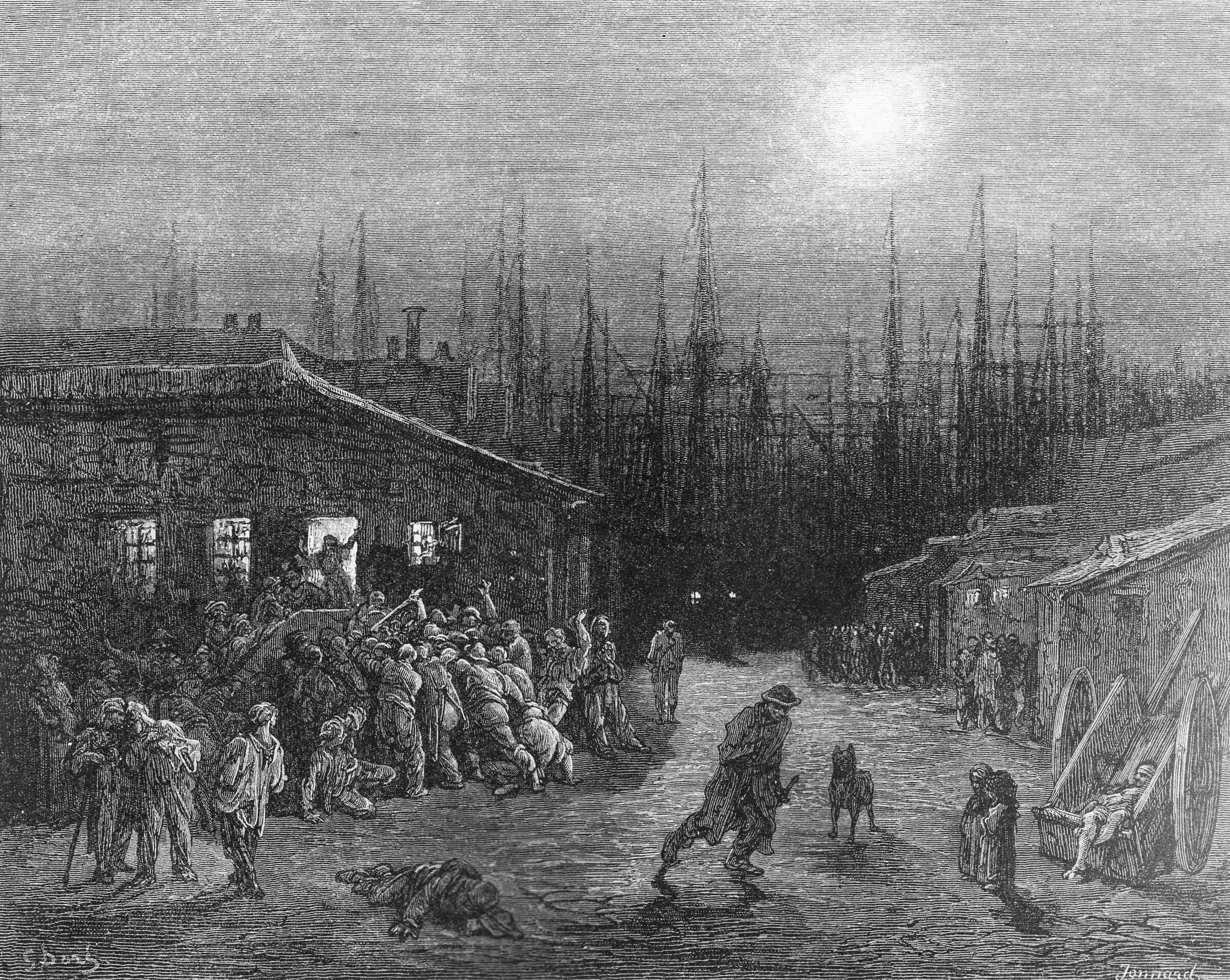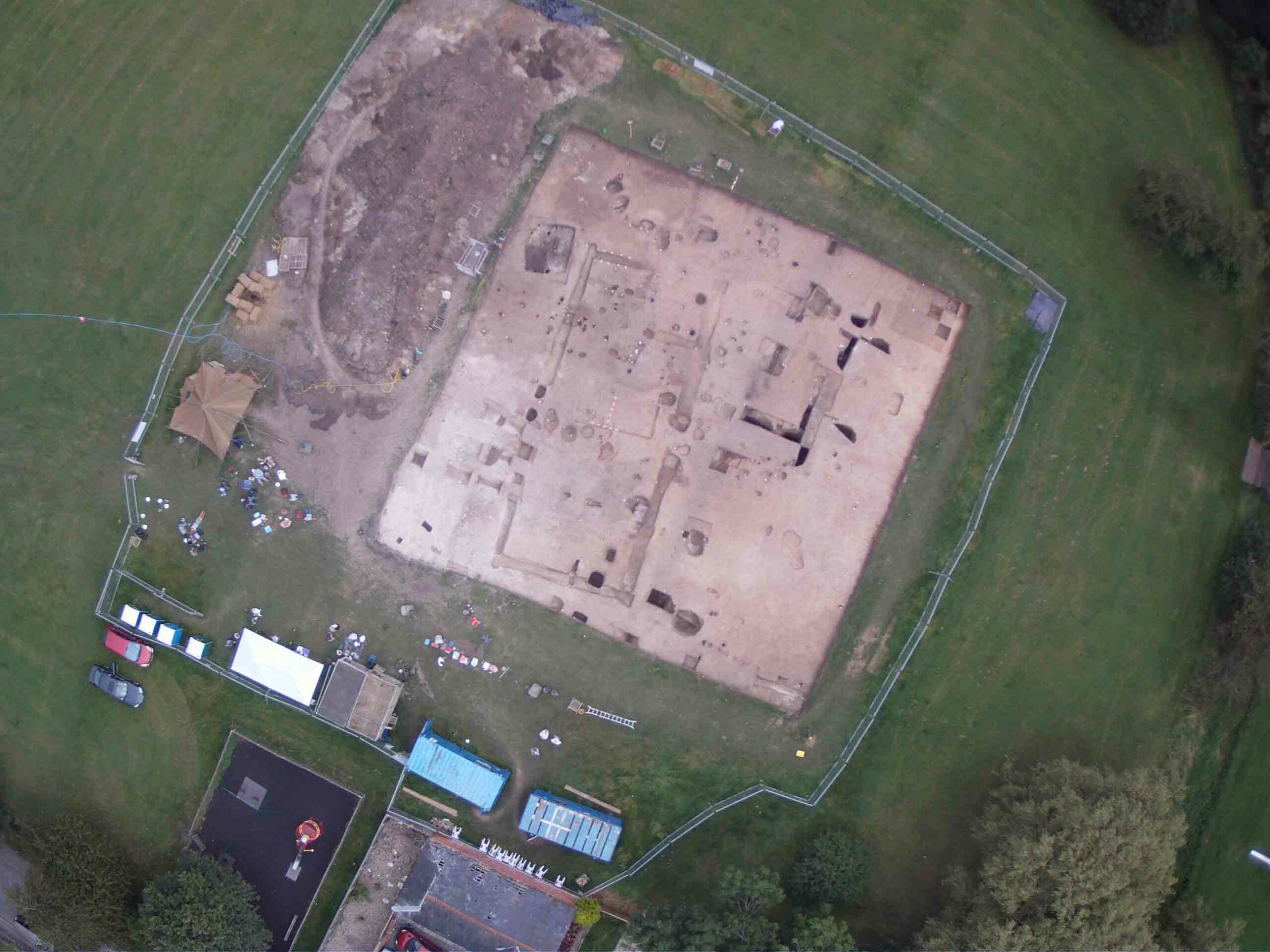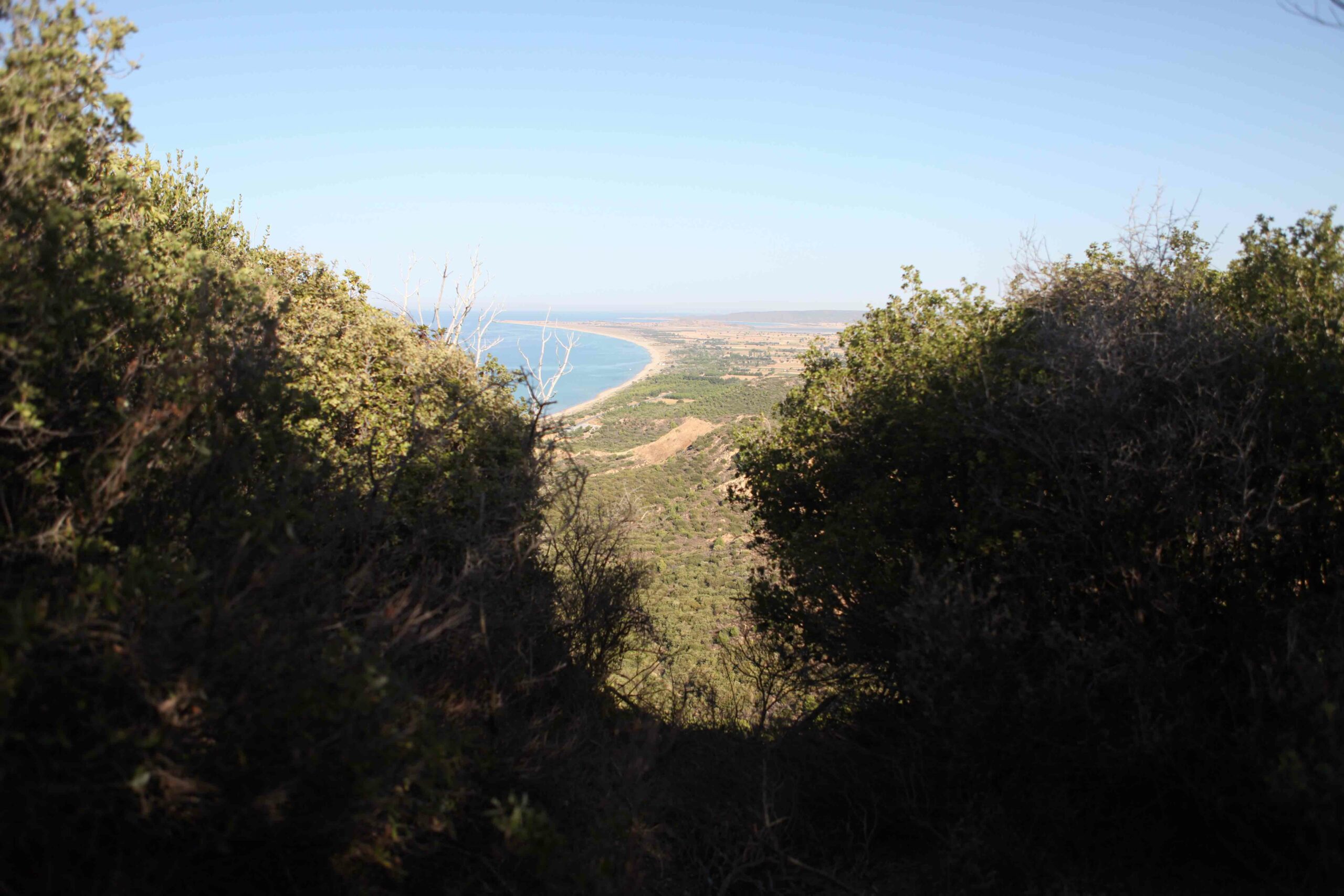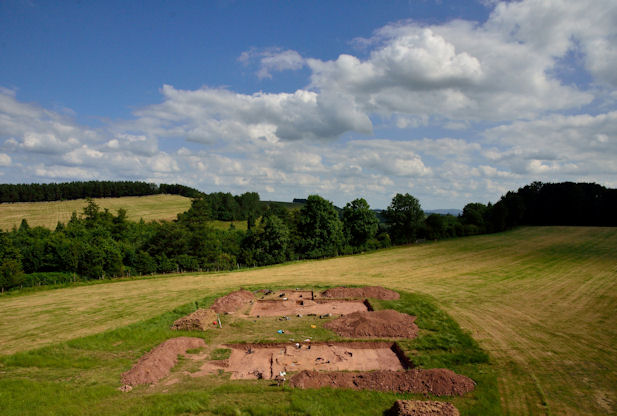
HEREFORDSHIRE, ENGLAND—The excavation of two long barrows on top of Dorstone Hill has yielded the remains of two 6,000-year-old halls that archaeologists believe were deliberately burned. The fire preserved remains of structural timbers, postholes, and stakes from internal partitions in the larger of the two Neolithic structures. The smaller structure contained a mortuary chamber made up of tree trunks and a trough lined with planks to hold the dead. “It makes a link between the house and a tomb more forcefully than any other investigation that has ever been carried out,” said Julian Thomas of the University of Manchester. Later burials were also found within the mound, including a cremation burial and a pit containing a flint ax and a knife, similar to those crafted in East Yorkshire 1,000 years later. “These subsequent finds show that 1,000 years after the hall burial mounds were made, the site is still important to later generations living 200 miles away—a vast distance in Neolithic terms,” added Keith Ray, Herefordshire Council’s County Archaeologist.


